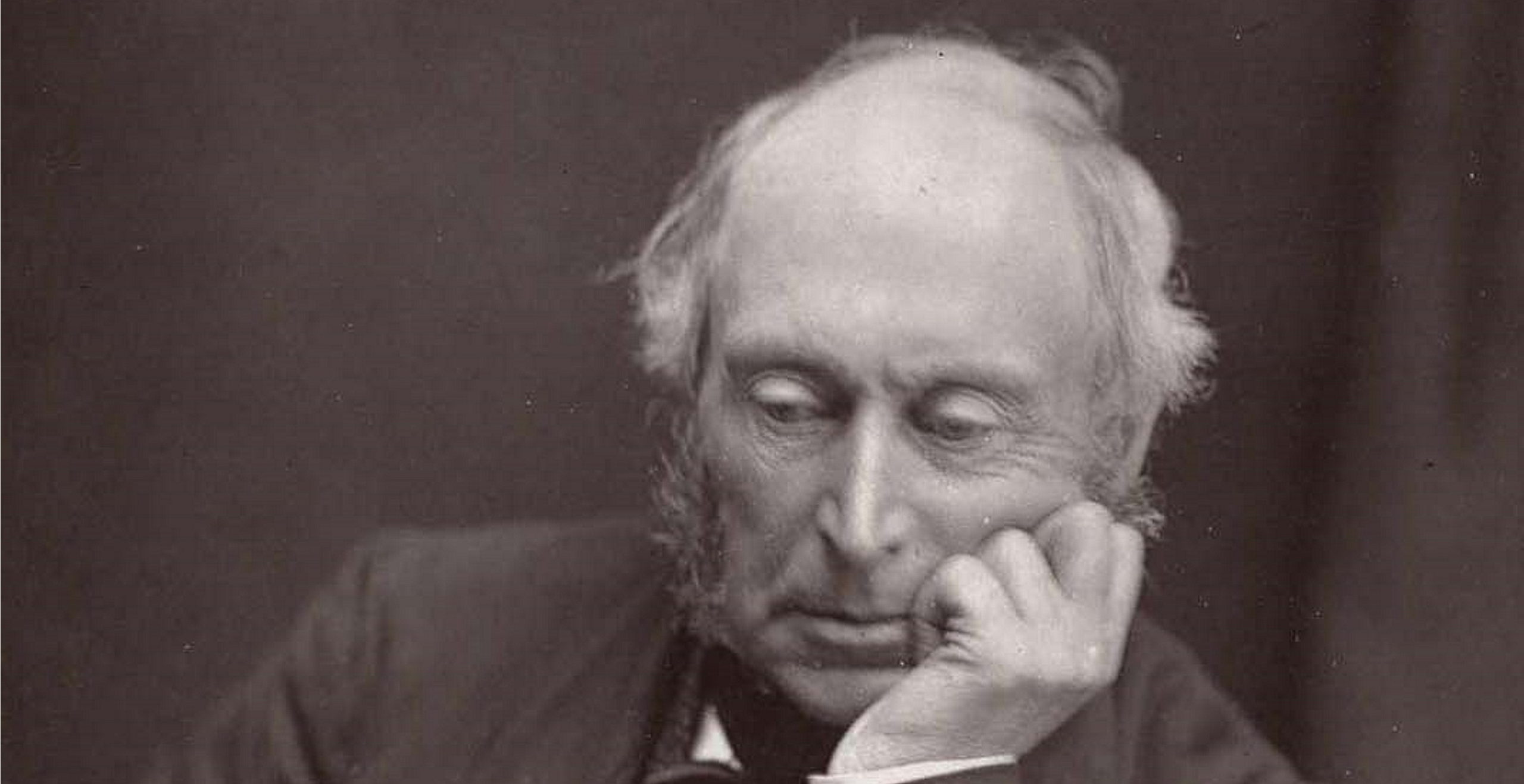He brought important innovations to cannon technology: Who is William Armstrong?
He was actually a lawyer, but he had a passion for hydraulic technology. The company he founded soon became one of Europe's major heavy weapons manufacturers after the German Krupp factories.

(1810-1900) English engineer and industrialist. He made various hydraulic machines and brought important innovations to ball technology. William George Armstrong was born on November 26, 1810, in Newcastle upon Tyne, Northumberland. After completing his law education, he started to do an internship with a lawyer in the same city, and later became a partner with him.
However, because he was more interested in hydraulic machines, he broke off all relations with the law and founded a company that produced hydraulic cranes in 1846. The rifled and tail-loaded cannons made by the factory, which started to produce weapons as well as hydraulic machines in the 1850s, were first used in the British Army and then sold to other European countries.
The company “Elswick Engineworks” soon became one of Europe's major heavy weapons manufacturers after the German Krupp factories.
Armstrong, who started shipbuilding in 1882 and merged his company with Joseph Withwork and Co., one of Europe's major arms factories, in 1897, received the titles of "Sir" in 1859 and "Lord" in 1887. He died in Cragside on December 27, 1900.
Until the 15th century, the firing range of the cannons was only 100 m, and since the barrel was not a single piece, it was falling apart after about ten shots. The development of the bronze casting technique greatly increased the durability of the barrel, while the grooves added to the inner surface of the barrel allowed the bullet to deviate less from the target and travel farther.
However, the rifled barrel system could only be applied to light weapons until the 18th century, and it was not successful in cannons. Armstrong placed a wrought-iron helix inside the barrel, which he had made of steel for strength, and welded it. German, French, and American engineers had tried the same method before him, but Armstrong's cannon presented to the duke of New Castle in 1854 was the most successful of all, both for its durability and for its ability to throw the cannonball without deflecting it.
The rifled barrel enabled the use of pointed cylindrical bullets in cannons instead of round bullets called cannonballs. This new shape, which made it easier for the projectile to move through the air and increased the penetration power, increased the impact of the cannons. Armstrong solved another artillery problem by applying the tail-loading method of rifles instead of the time-consuming mouth-loading.
---------------------------------------
Armstrong: The Great Gunmaker
https://victorianforts.co.uk/armstrong.htm
